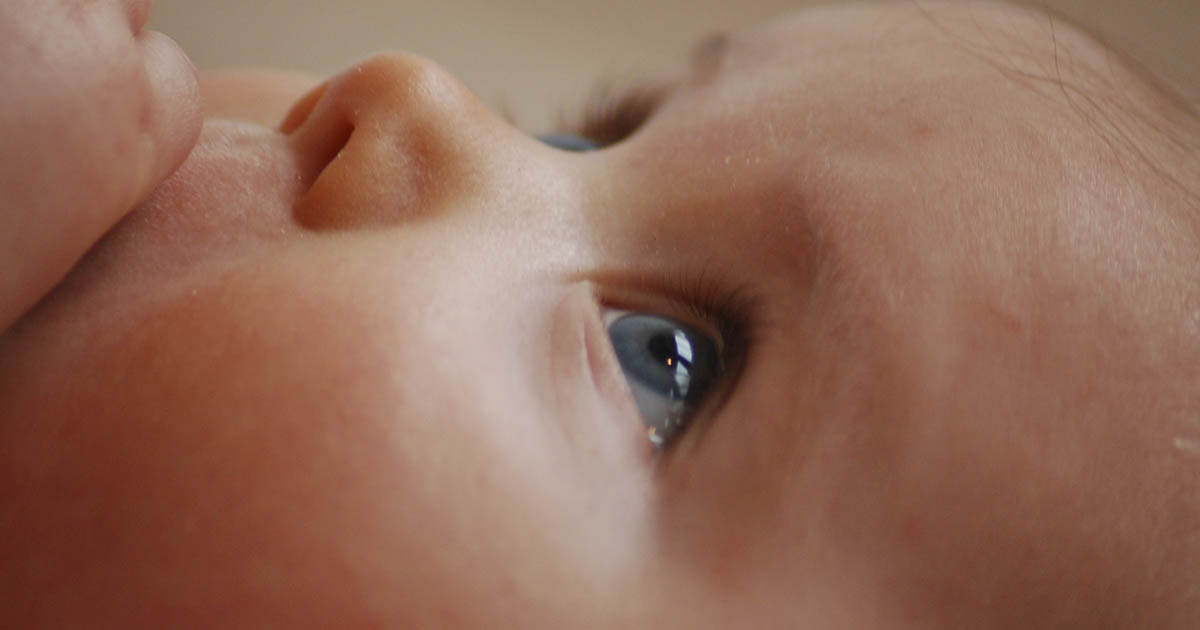
Pediatric Ophthalmology
When we are born the brain cells that control our vision are not fully developed or mature. These cells develop over the first 5 years, the most important in visual maturation. During this period, the eye of the child just learns to see ... The eye of the child is constantly developing until reaching maturity at 7 or 8 years.
An early diagnosis of any anomaly can offer a total and definitive solution to the patient's future and visual health.
When a child is not seen by a pediatric ophthalmologist who knows these differences, misdiagnosis can occur. As a result, visual problems can be aggravated over time, producing a profound effect on the child's life.
When a child is not seen by a pediatric ophthalmologist who knows these differences, misdiagnosis can occur. As a result, visual problems can be aggravated over time, producing a profound effect on the child's life.
When should we take the children to the ophthalmologist?
When the child is very small visual problems are detected by parents or pediatricians, later the child can complain of eye discomfort. However, in the vast majority of cases the problems are detected in visits to the ophthalmologist.Most frequent reasons for children's ophthalmologic consultation
- If you notice that the eye twists (strabismus).
- Spin or wink.
- Scratching your eyes frequently.
- If the child has tearing.
- If you get clumsy when you wake up.
- Common red eyes.
- Pupil whitish or not round.
- Falling of upper eyelids.

